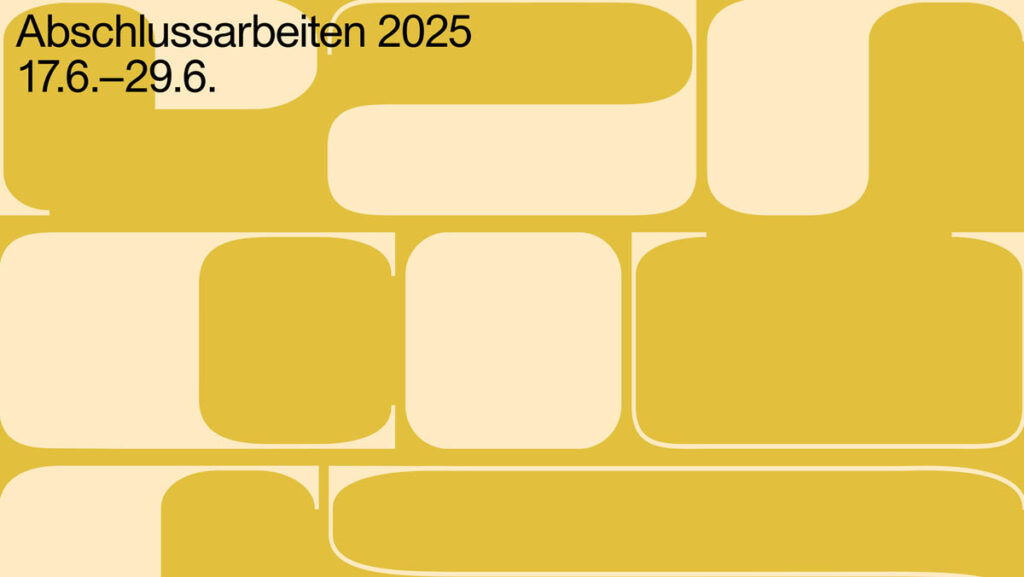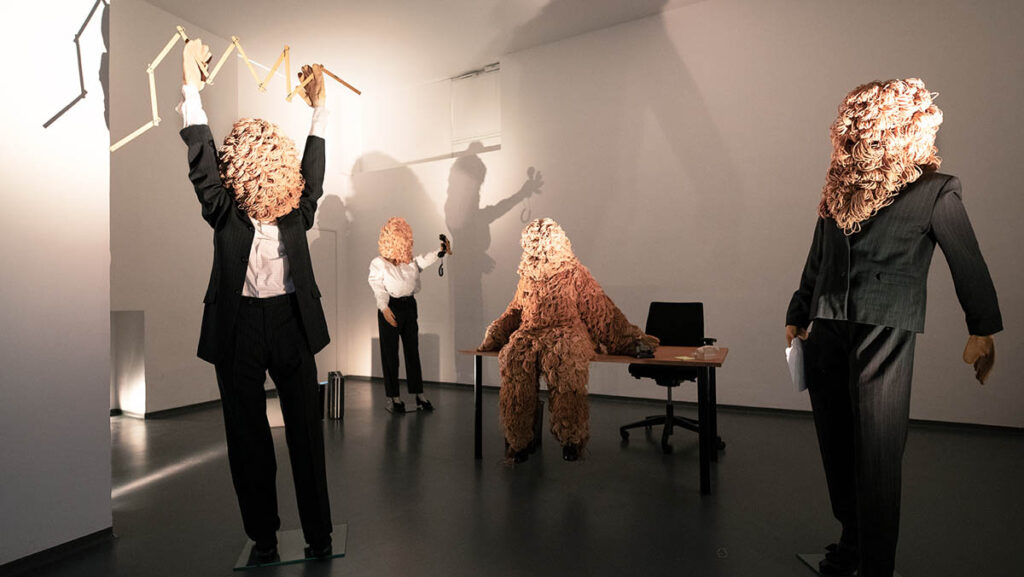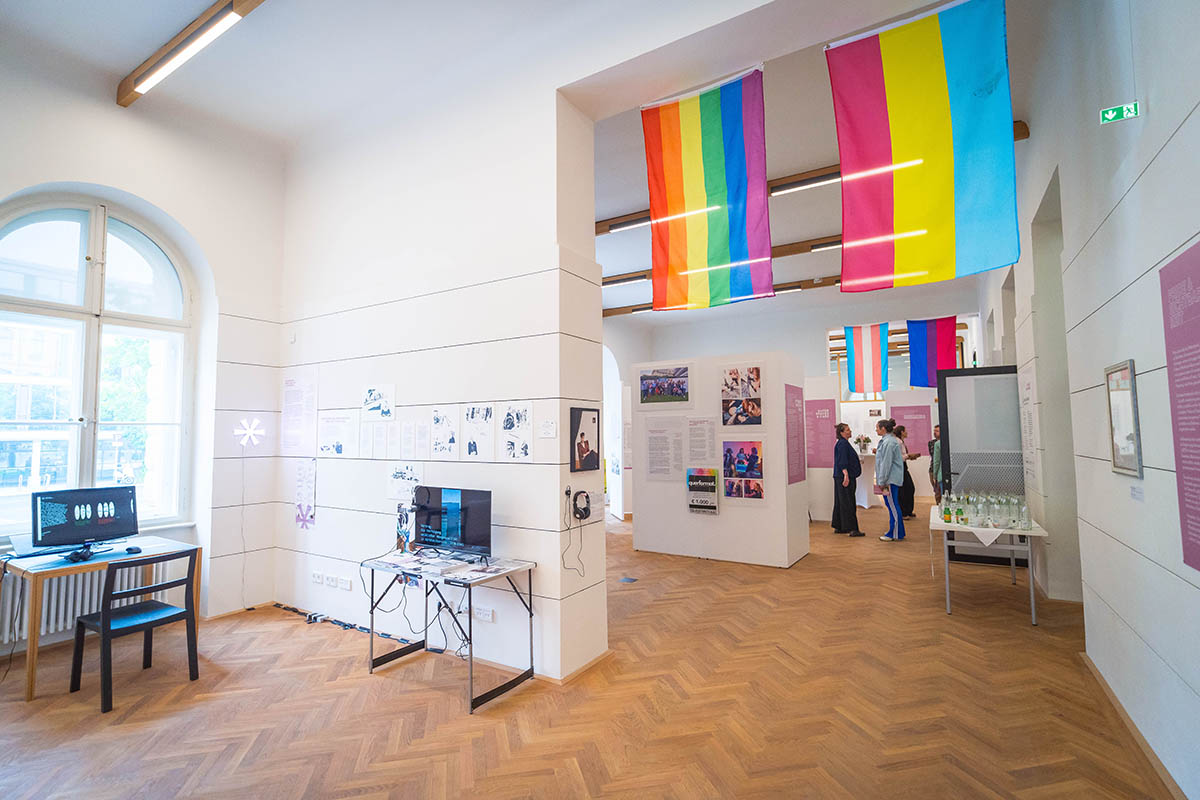
As my own work often explores how identity and space intersect, I wanted to address the invisibility and resilience of queer communities in a context still shaped by conservatism and silence in Carinthia. Through archival materials, visual histories, contemporary art, and interactive installations, it presents LGBTQI+ activism in all its complexity—vulnerable, defiant, fragmented, and proud. Linking past and present, the exhibition asks what it means to remember in the face of institutional erasure and cultural change. Weaved together are three interrelated themes: Pride & Visibility, Safer Spaces & Care, and Persecution & Remembrance. Each focus offers a look on how queer people and organizations in the region have resisted marginalization and shaped their own communities—whether through protest, care networks, or simply by refusing to be forgotten.
In the interview, curator Daniel Hill provides insights into the origins of the exhibition and reflects on his experiences throughout its development.
What was the main motivation behind the exhibition „Unsichtbar? Unaufhaltsam!“?
The exhibition emerged from the urgent need to address historical and ongoing marginalization of queer people in Carinthia. While major cities have long been sites of queer memory and activism, regional stories often remain untold. This exhibition aims to bring these local narratives to light—particularly those of people who resisted, survived, or were silenced. It is a gesture of recognition and solidarity.
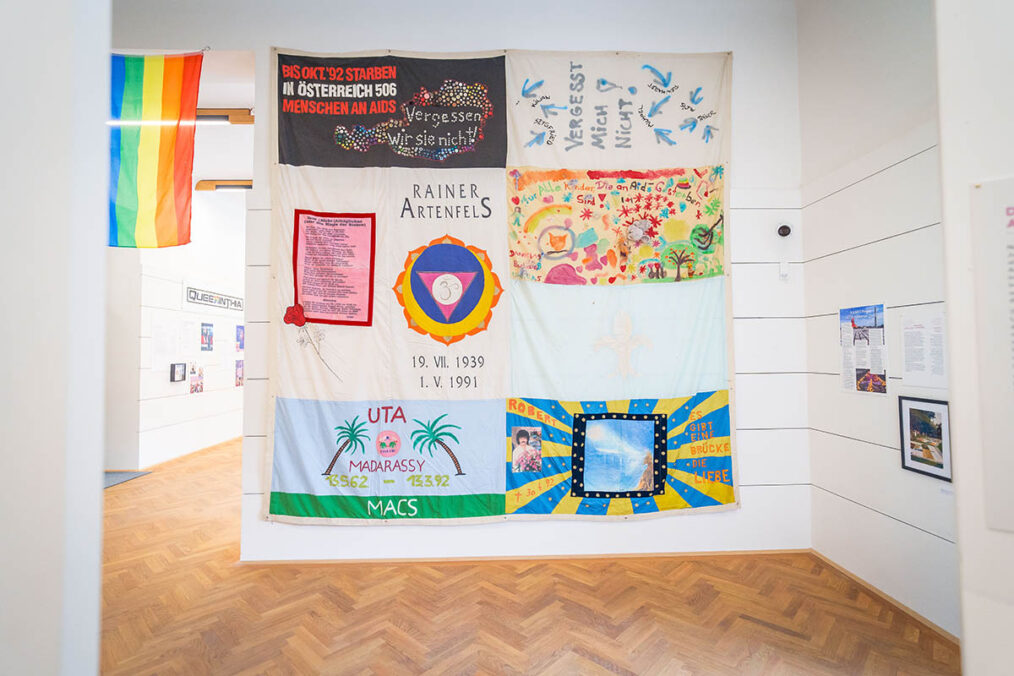
Moreover, Carinthia has a focus on Erinnerung (Memory) this year, mostly centered on the 80th anniversary of the liberation from the Nazi regime. Queer stories are very often neglected in commemorative narratives like these, so I wanted to make sure that we put a spotlight on them and – perhaps even more so – the gaps in those regional stories. I worked with historians Natascha Bobrowsky and Peter Pirker, as well as biographer and artist Rosalia Kopeinig, to bring these stories into the exhibition. But for me, you cannot talk about the Nazi persecution of queers without also talking about the struggles (as well as the successes) of today. So, while we celebrate 80 years of liberation, I also want to commemorate the 25th Pride in Ljubljana, 10th Pride in Klagenfurt and 5th Pride in Spittal an der Drau, as well as over 25 years of HIV/AIDS health care in Ljubljana and over 30 years in Carinthia.
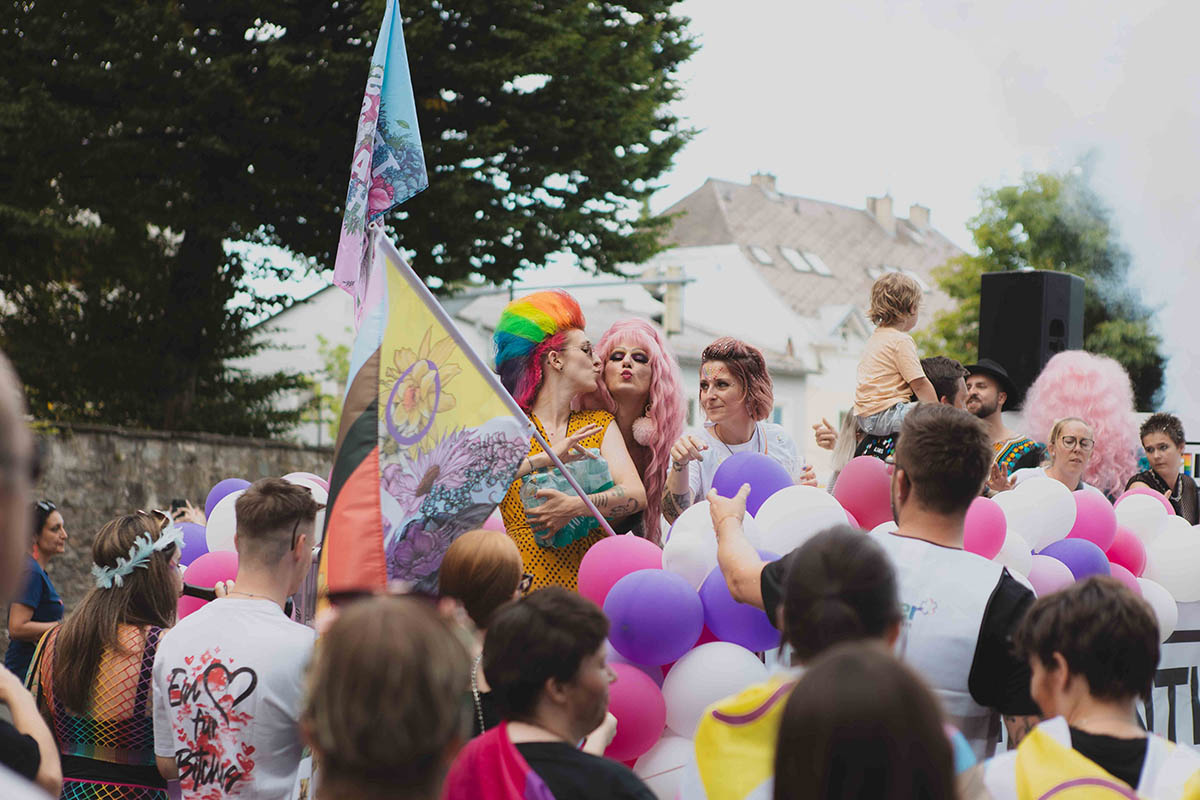
How was the 10th anniversary of Klagenfurt Pride integrated into the exhibition?
The 10-year milestone of Klagenfurt Pride provided a strong framework for the exhibition. It allowed us to reflect on how public space, community, and visibility have changed in the region. The exhibition includes materials from early Pride parades, activist groups like Community Queerinthia, and parallel initiatives across Carinthia and Slovenia. By combining remembrance and celebration, the exhibition honors those who paved the way and those still fighting to be seen.
The exhibition is part of the full program for Pride this year, which also includes Dragolution, Pride Village, Afterparties and, of course, the Parade on 31 May.
What kinds of archival materials and artistic positions are presented in the exhibition?
The show features court documents, letters, photographs, posters, and objects that span from the 1940s to today. I’m also very proud to have one of the AIDS Memorial Quilts from Austria in our exhibition – it hangs prominently in the space as a memorial to not only those who perished due to AIDS, but who were neglected, stigmatized and even persecuted for an illness that was left to spread due to government inaction. The quilts are cared for by the NAMES Project Vienna, in cooperation with HOSI Wien.
Artistic interventions—some commissioned for this show—interact with these materials to build emotional and conceptual bridges across time. A participative intervention (Auf.Führung) by Kulturverein schau.Räume from Villach, realized as a guided city tour of Klagenfurt, during which a performer introduces the audience to places meaningful to his transition. I myself contributed a sound installation, Unsichtbar gemacht, doch die Lücken sprechen, that brings attention to the 55 cases of queer persecution in the Landesarchiv Kärnten that have not be researched or told publicly. Patriarch kompostieren is a public installation and intervention of a compost box outside of the Kärnten Museum by GemSe. Und welche Hexe verbrennen wir heute? is a poster campaign with feminist aphorisms (in Slovenian and German) on the topics of witch-hunts and Nazi history in Carinthia from KD Barba and Container 25.
During your research on queer life in Carinthia, what moments or stories left a strong impact on you?
For sure the stories of Nazi persecution left a strong impact on me, such as those of Johanna P. and the other women persecuted under §129 Ib. These demonstrate not only that women were also persecuted for homosexuality in Austria, but that life circumstances, such as poverty, prostitution, and homelessness, led to social stigmatization and out casting. Their stories were not told or researched until recently in historian Natascha Bobrowsky’s book, Verbotene Beziehungen: Weibliche Homosexualität im nationalsozialistischen Österreich and now in the exhibition. Škuc, a queer activist and cultural association in Ljubljana, has been around for 40 years in Slovenia. This was really fascinating: how much more work had been done in Ljubljana for rights, heath care and visibility, compared to Carinthia.
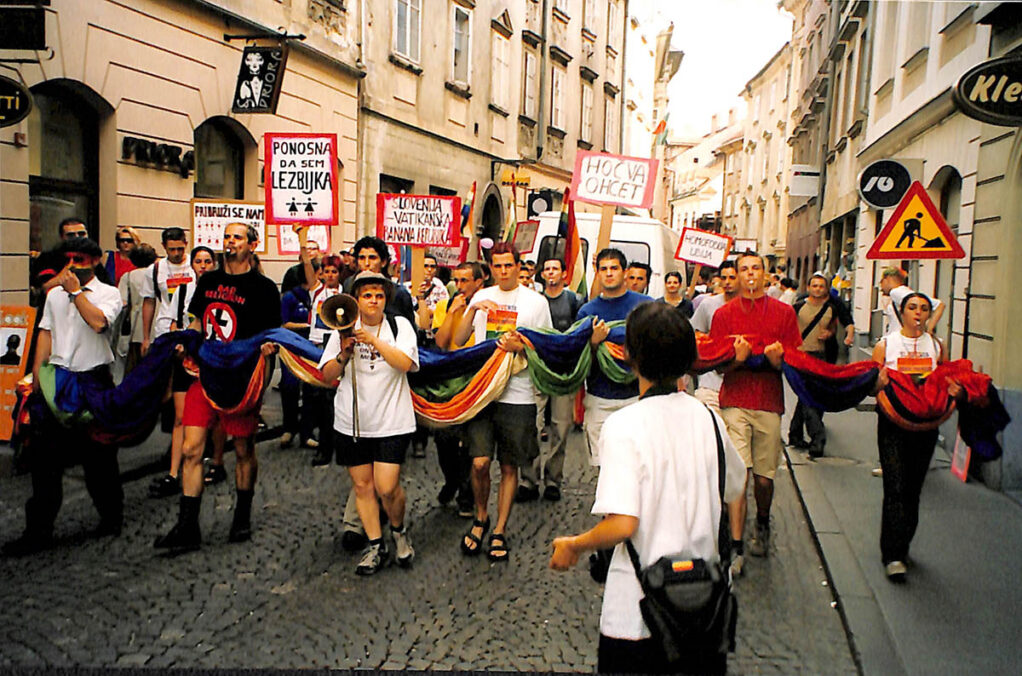
And I have to say this: the moment the AIDS Memorial Quilt was hung in the exhibition space, I cried. I’ve read the stories and wrote some of the text for the NAMES Project Vienna and their history, and I’ve seen the photos of the quilts in Washington DC and Vienna. But to see it in person, all 4×4 meters of it, and the messages sewing into its fabric, was touching, to say the least.
What is your connection to Carinthia?
Although I’m an US-American living in Vienna for 12 years, I found a connection to Klagenfurt during an artist residency in the summer of 2024. Through my own artistic research for a solo exhibition on power dynamics between queer corporality and urban architecture, I started building relationships with queer and feminist initiatives in the area. This led to a connection to Community Queerinthia, the association organizing Klagenfurt Pride, who then asked me to curate the exhibition. I’m really honored to have this opportunity and warmed by the positive feedback I’ve received during the research and planning phase of the exhibition. It is important for this region and very timely as well.
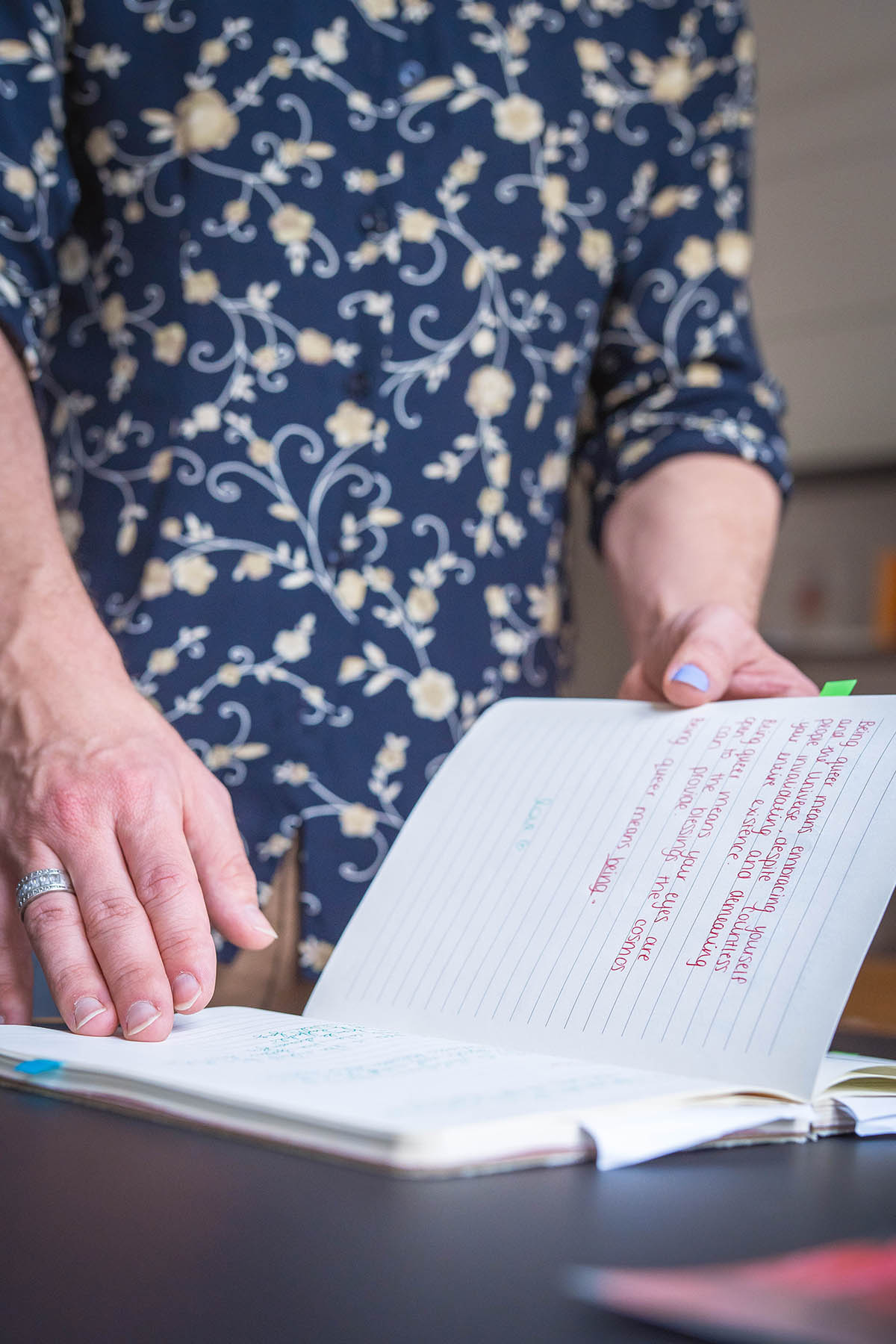
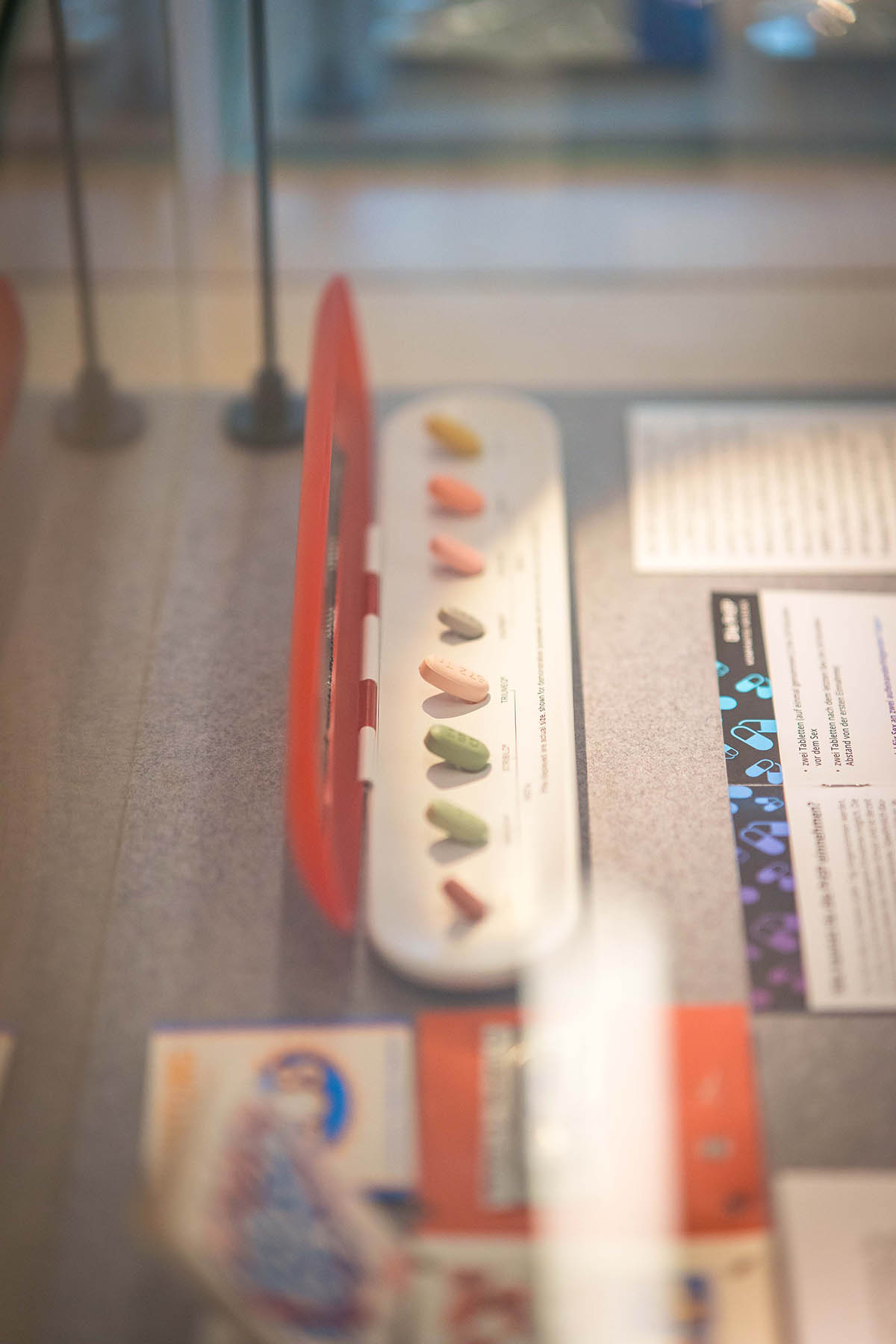
Were there any challenges you had to overcome while curating the exhibition?
One of the biggest challenges was the lack of existing research and archival visibility around queer lives in Carinthia—especially outside urban centers. I had to rely on fragments: scattered records, oral histories, objects kept in private hands. Another challenge was creating a balance between historical gravity and contemporary vibrancy—avoiding victimization without erasing pain.
The exhibition is also not part of the annual program of the Kärnten Museum – this means I had secure funding through public funds and sponsors, not from the Museum directly. This presents an immense challenge to produce a thorough, engaging, accurate and high-quality exhibition with very limited funding. Hurdles and barriers exist to obtaining such funding and all corporate sponsors I approached declined to fund the exhibition for various reasons. Relying entirely on public funding means having a small budget that needs to be stretched.
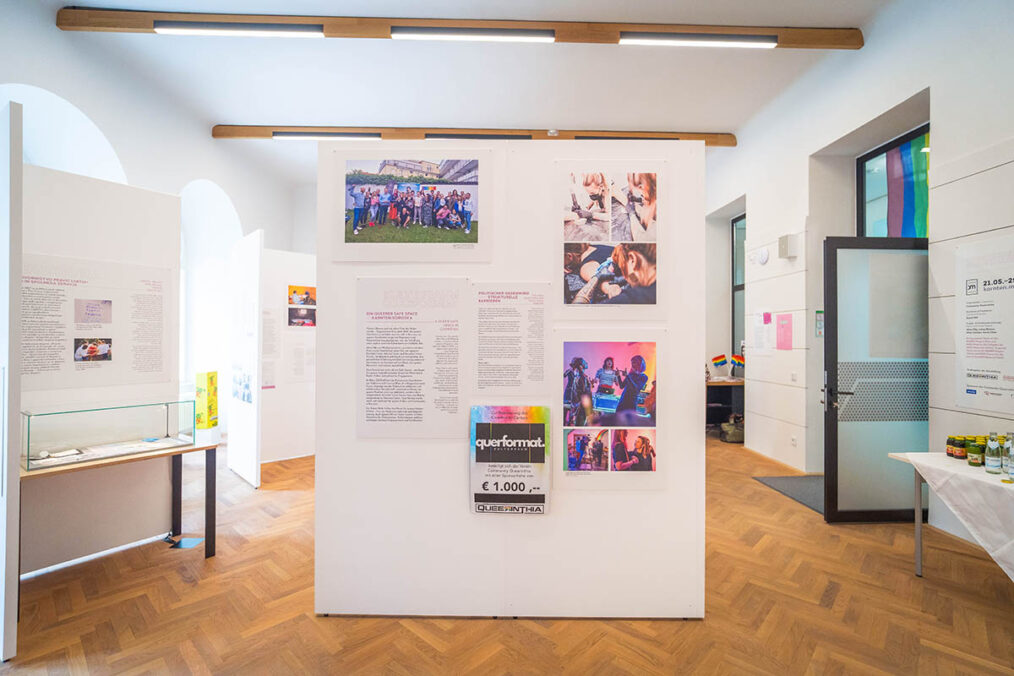
What do “Safer Spaces” and “care” mean to you?
For me, “Safer Spaces” are not just physical shelters—they are frameworks of mutual care, where people can exist without justification. In this exhibition, they represent queer cafés, health centers, and collectives that offer not only support but agency. Care, in that sense, is radical: it’s a refusal to let someone disappear. It’s about community, dignity, and interdependence.
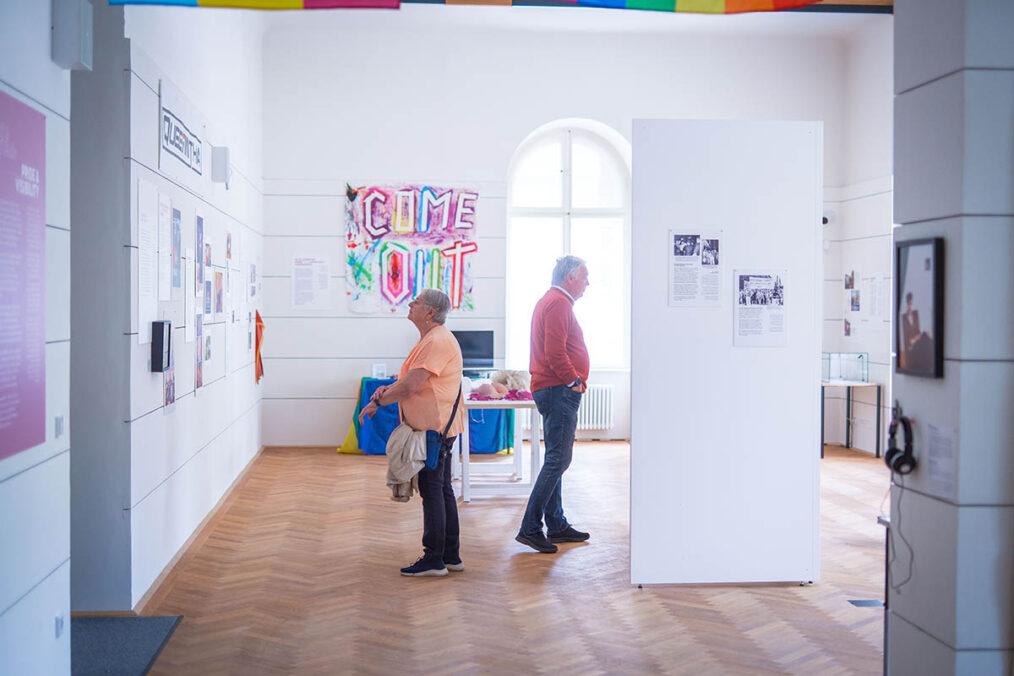
How do you hope the exhibition will shape visitors’ perspectives on queer history in Carinthia?
I hope visitors leave with a sense of both recognition and responsibility. Recognition that queer people have always existed here—that they resisted, created, mourned, and celebrated. And responsibility to carry these stories forward, to ask whose histories are still missing, and to continue fighting for visibility, justice, and joy. I’ve also invited institutions and individuals to contribute to a temporary library as an installation for the space. It creates an area for reflection, where you can sit, read queer-feminist literature and fiction, and maybe even discuss what you experienced in the exhibition.
Exhibition: Unsichtbar? Unaufhaltsam! Queere Geschichte(n) zwischen Verfolgung, Widerstand und Sichtbarkeit in Kärnten und der Alpen-Adria-Region. Curated by Daniel Hill
Exhibition duration: 21.05.–29.06.25
Contributors: Natascha Bobrowsky, Andreas Brunner, Checkpoint Kärnten, COURAGE*, GemSe, KD Barba, Rosalia Kopeinig, Kulturraum Querformat, Legebitra, Ljubljana Pride Association, NAMES Project Wien / HOSI Wien, Pink Lake Festival / Region Wörthersee-Rosental Tourismus GmbH, Peter Pirker, Pride Spittal, QWIEN – Zentrum für queere Geschichte und Kultur, schau.Räume, Škuc Association, Stadttheater Klagenfurt / QUEERinthia, Zweites Deutsches Fernsehen (ZDF)
Address and contact:
kärnten.museum Klagenfurt
Museumgasse 2, 9020 Klagenfurt/Celovec
www.landesmuseum.ktn.gv.at
Kulturverein Community Queerinthia – www.queerinthia.com




